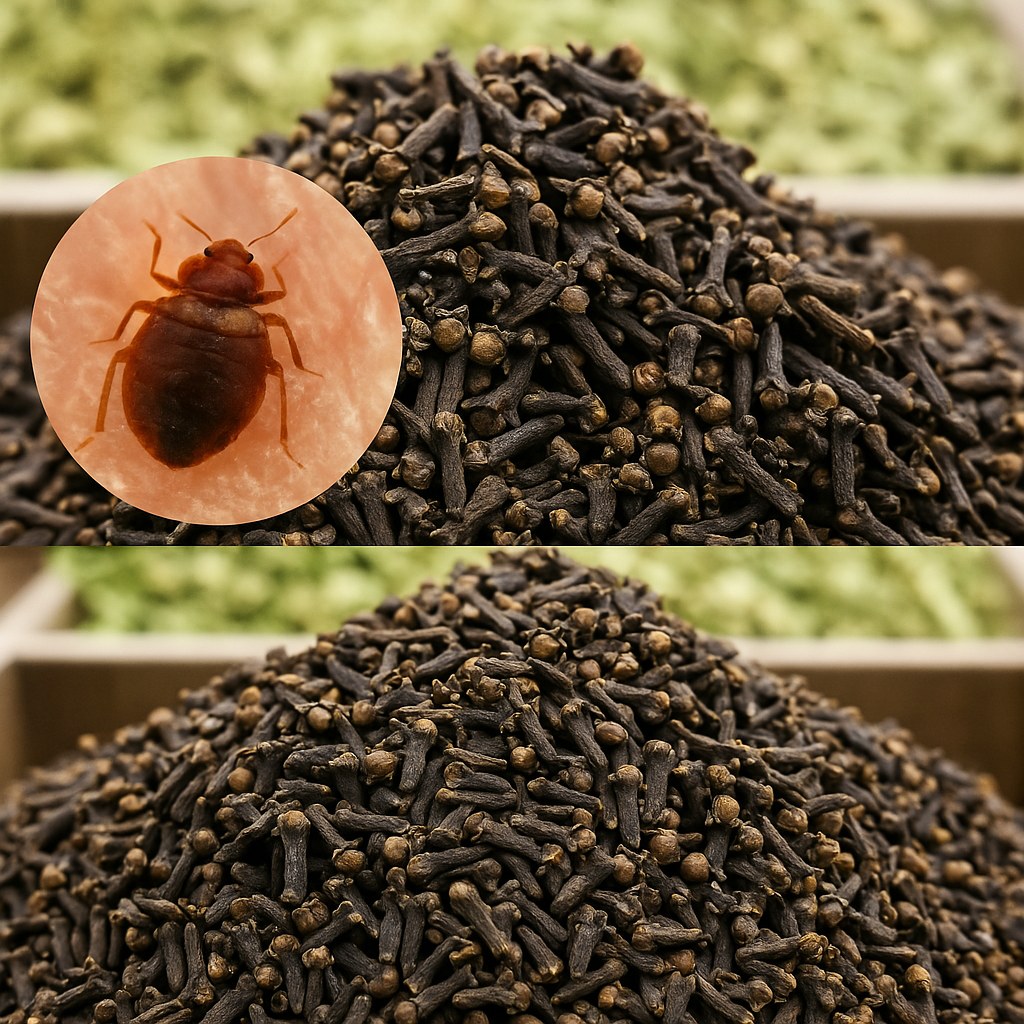ADVERTISEMENT
### **Step 2: Applying Diatomaceous Earth**
Diatomaceous earth should be applied in a thin layer to the areas where bedbugs are likely to hide. These areas include:
– **Mattresses and Box Springs**: Sprinkle DE along the seams, edges, and corners of your mattress and box spring. Pay special attention to the areas where the fabric meets the frame, as bedbugs like to hide in these spots.
– **Cracks and Crevices**: Use a small brush, such as a paintbrush, to apply the DE to cracks in walls, baseboards, and furniture. Bedbugs often hide in these hidden spaces, so covering them with DE is essential.
– **Furniture**: Apply DE to the legs, joints, and seams of furniture. Furniture, especially upholstered furniture, can be a haven for bedbugs.
– **Floors and Carpets**: Sprinkle DE along the edges of carpets, baseboards, and under furniture. Be sure to cover any other areas where bedbugs may be hiding.
Use a fine-mesh sifter or a shaker bottle to evenly distribute the diatomaceous earth. Avoid using large amounts, as bedbugs will come into contact with even a thin layer.
### **Step 3: Let It Sit**
Once applied, leave the diatomaceous earth in place for several days. The bedbugs need time to come into contact with the powder. It’s best to leave it undisturbed for at least 3-5 days, though you can leave it for longer if you prefer.
### **Step 4: Vacuuming and Cleaning Up**
After a few days, vacuum up the diatomaceous earth. Make sure to dispose of the vacuum bag or clean the vacuum canister thoroughly to prevent any surviving bedbugs from escaping. Once you’ve vacuumed up the powder, you may need to repeat the application process to ensure all bedbugs are eradicated.
### **Step 5: Repeat as Necessary**
Depending on the severity of the infestation, you may need to reapply diatomaceous earth once or twice. Bedbug eggs can hatch after several days, so it’s important to continue treating the affected areas for at least a week to ensure all bedbugs and their offspring are eliminated.
—
## **Additional Tips for Bedbug Control**
While diatomaceous earth is an excellent tool for eliminating bedbugs, it’s not the only solution. Here are some additional steps you can take to ensure your home remains bedbug-free:
1. **Monitor the Infestation**: Use bedbug monitors or traps to track the progress of your bedbug elimination efforts. These traps will help you determine if bedbugs are still present in your home.
2. **Seal Cracks and Crevices**: Bedbugs can hide in even the smallest of spaces. After treating your home with diatomaceous earth, consider sealing cracks in walls and furniture to prevent future infestations.
3. **Use Mattress Encasements**: Mattress encasements are a great way to prevent bedbugs from nesting in your mattress. These covers trap any existing bedbugs inside and prevent new ones from entering.
4. **Keep Your Home Clean**: Regular cleaning and vacuuming will help keep bedbugs at bay. Bedbugs are attracted to clutter and dirty areas, so maintaining a clean home will make it less inviting to these pests.
—
## **Conclusion: A Natural, Effective Solution**
Bedbugs may be tough to get rid of, but with the right approach, it’s entirely possible to eliminate them quickly and effectively. Diatomaceous earth, a common ingredient found in your cupboard or garden, is an incredibly powerful and natural solution that can help you win the battle against bedbugs.
By using diatomaceous earth, you’ll have a non-toxic, affordable, and easy-to-use solution for ridding your home of bedbugs. Along with cleaning, vacuuming, and monitoring your home, diatomaceous earth can provide a fast and lasting solution to your bedbug problem. The next time you encounter bedbugs in your home, remember: you don’t need to turn to expensive chemicals or pest control services — the answer may be right under your nose, in your cupboard or garden.
So, before you reach for that can of pesticide, consider giving diatomaceous earth a try. You may be surprised at just how effective it can be in eliminating bedbugs in record time.
